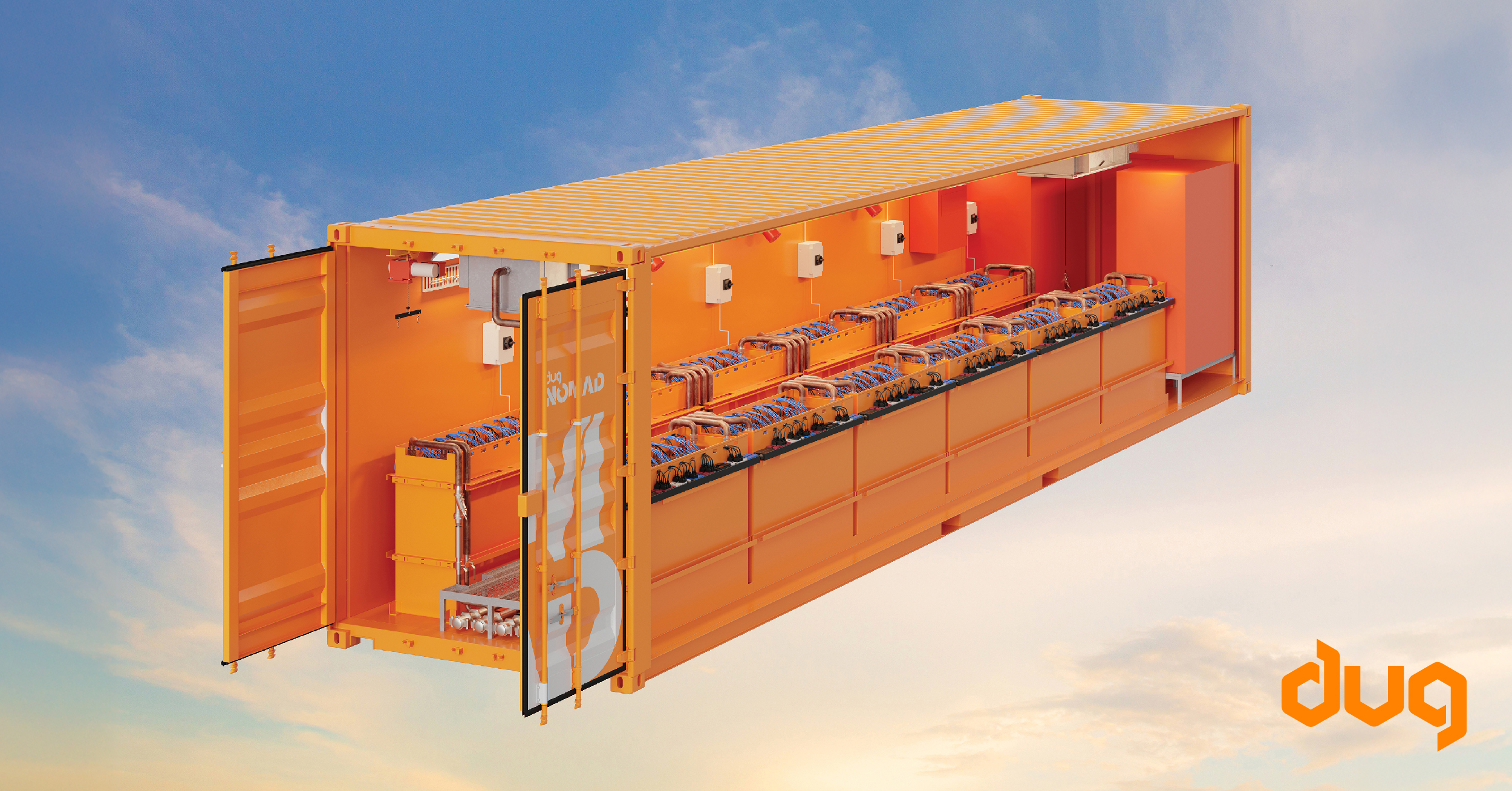Advanced machine learning (ML) methods have been gaining traction in the data-processing community due to their impressive performance when tackling complex tasks that would otherwise consume much more time and resources.
Many researchers in geophysics are also now enjoying the age of big data and deep learning—a subset of ML that trains machines via neural networks designed after the structure of the biological brain—producing many efficient algorithms to address various seismic-processing challenges.
Our research team has previously proposed a novel deep-learning approach for matching datasets as applied to adaptive subtraction of multiple models.
Now, our team has delivered a breakthrough in deep-learning technology to estimate swell noise more effectively.
Marrying a conditional generative adversarial network (cGAN) with a residual network (ResNet) architecture, our researchers produced a novel deep-learning framework capable of estimating and subtracting swell noise from recorded data. Click here to access the full paper. The paper has also been published in the EAGE First Break journal.
Below you’ll find examples of field data. These examples demonstrate the ability of the proposed framework to rapidly estimate swell noise to a high degree of accuracy without going through the extensive parameter selection of a conventional workflow, resulting in better results—faster.
Excitingly, our research team has also discovered that this approach is similarly effective for other types of noise such as ground roll.

A second set of shot records before (left), after (centre), and difference (right) using DUG’s advanced deep-learning swell noise attenuation process The algorithm is able to accurately determine swell noise from useful signal even in extremely noisy environments.

Stack sections before (left) and after (centre) DUG’s advanced deep-learning swell noise attenuation process. The difference (right) further demonstrates the power of this approach to isolate the swell noise without attenuating useful signal.
This technique is part of DUG Insight—available as software to run on your own hardware or on our high performance computing. You can opt to have it delivered as a traditional service project too!
Interested? We’re more than excited to let you know about our latest technologies and how they can turbocharge your workflows. Drop an email to [email protected] for more info!




































